'Richard Avedon, Revisited' Exhibit: Photos of Ringo Starr, JFK
- Oops!Something went wrong.Please try again later.

Perhaps no one captured cultural life post-World War II more vividly than Richard Avedon. From pop icons to artists to heads of state, being photographed by Avedon meant you were someone. There must have been something disarming about Avedon, who first came to prominence with his work for Harper’s Bazaar, because even though so many of his subjects were celebrities, he invariably revealed a more vulnerable, less guarded side of the people he photographed.
That talent is in evidence in “(re)Framing Conversations: Photographs by Richard Avedon, 1946-1965,” an exhibition at the Smithsonian that will be on display until November. The show features portraits of celebrities who defined the second half of the 20th century. But the Smithsonian wants to remind visitors that Avedon also documented the Civil Rights Movement and other social justice causes, while using his work to raise questions about race, sexuality and power. “We want visitors to look at these photographs and think about how they make choices about what music they listen to, who they vote for and what they read,” says curator Shannon Thomas Perich. “Because by making those decisions, we shape American culture, one person at a time.”
Best of Variety
Holy Roller
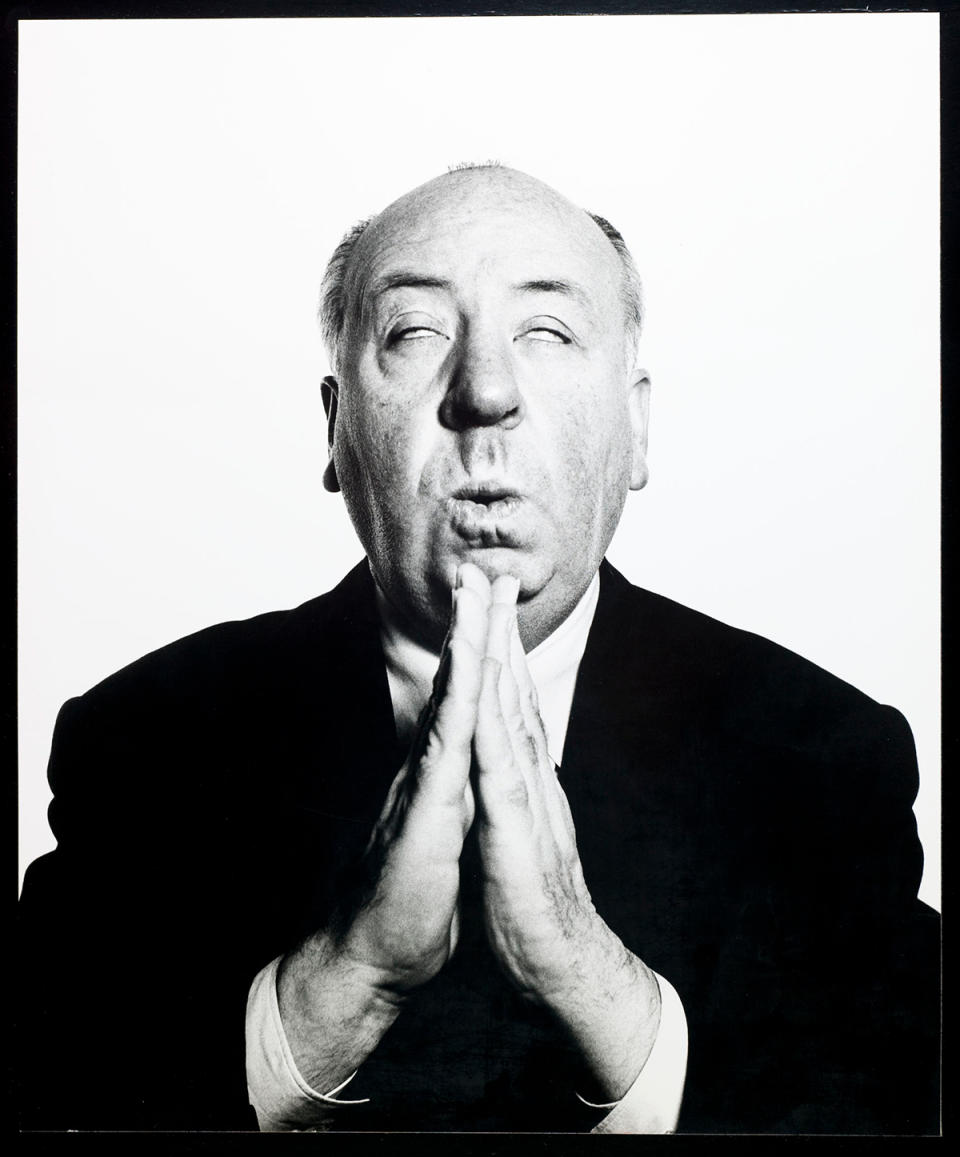
Alfred Hitchcock looks heavenward, seeking inspiration or maybe salvation, in a 1956 portrait that plays against the filmmaker’s reputation as the “master of the macabre.” It was a busy period for the director, who made 11 films during the decade, including such classics as “To Catch a Thief,” “North by Northwest” and “Vertigo.”
Outlaw Blues
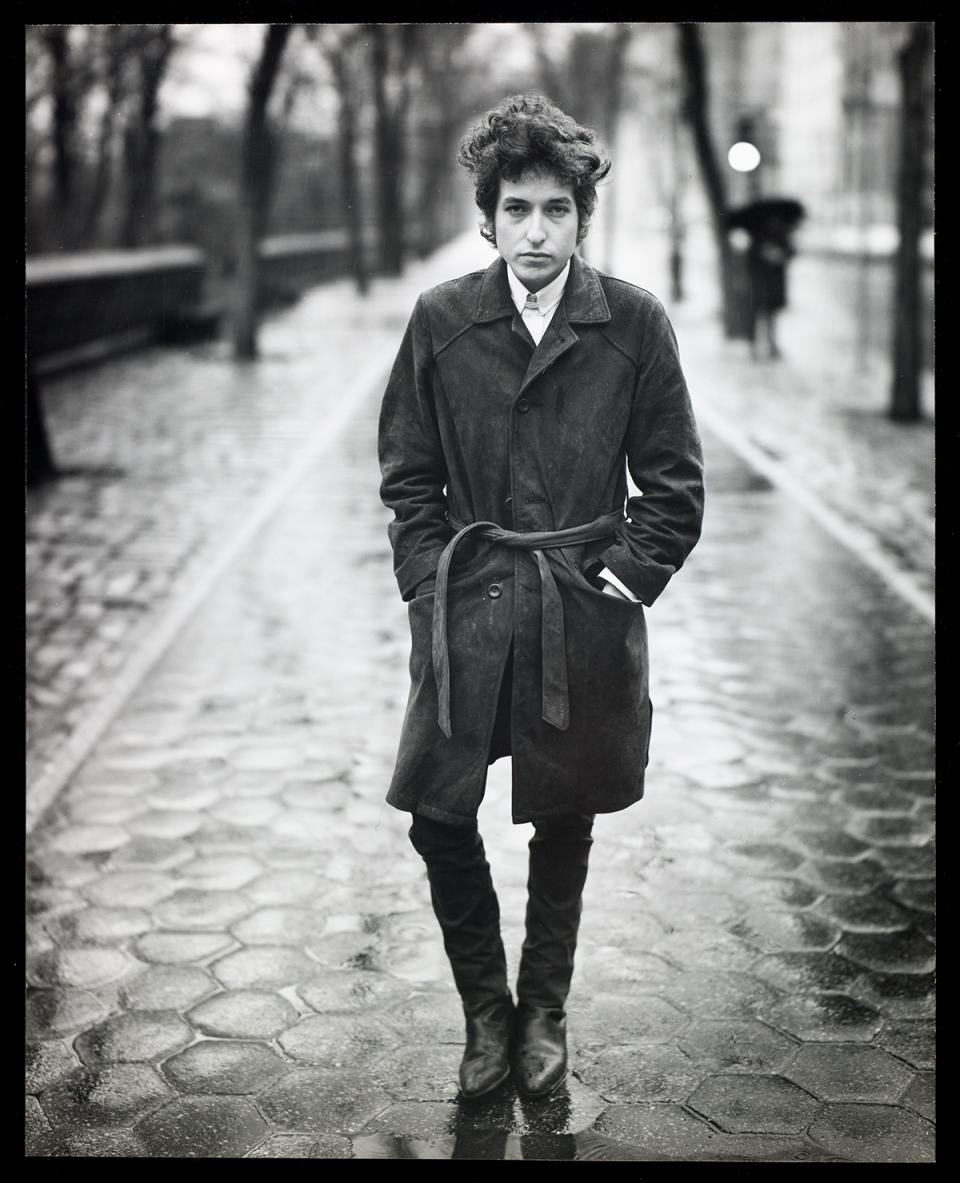
Bob Dylan was fine-tuning “Bringing It All Back Home” in 1965 when Avedon captured him walking down a rain-flecked street in New York. The album included classics like “Mr.Tambourine Man,” and found Dylan introducing an electric sound that divided fans. “The photograph was made in the early morning, after a record session,” says Perich. “If you look carefully, there’s kind of a halo around Dylan.”
Teen Idols
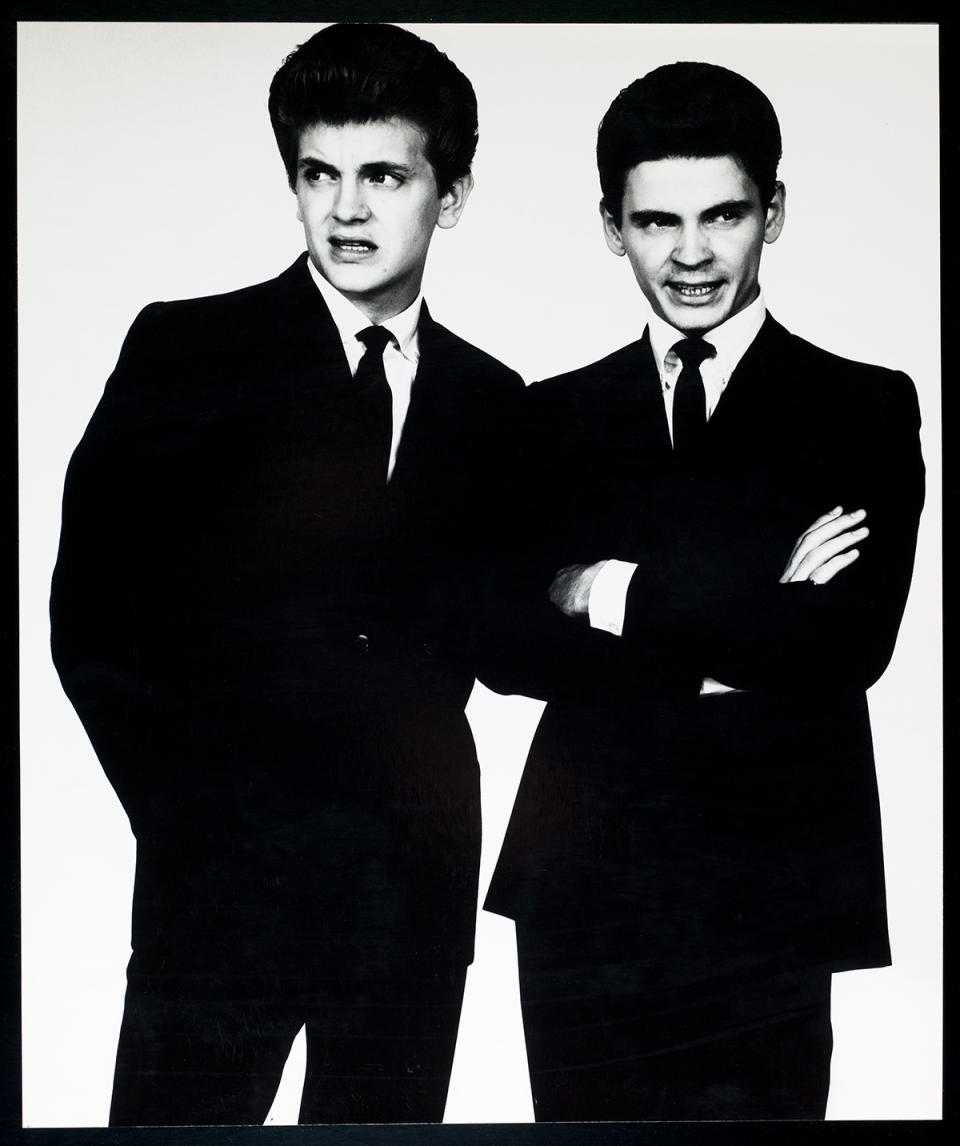
The Everly Brothers, the musical duo behind hits like “Wake Up Little Susie” and “Bye Bye Love,” are seen here in the suits and skinny ties that were the uniform of pop stars of the Kennedy era. The clean-cut look would be swept aside in a few years as the hippie movement subsumed rock culture. But when Avedon photographed the siblings in Las Vegas in 1961, he was doing so as part of an exploration of “teenage music” that he was commissioned to deliver for Harper’s Bazaar.
Devil May Care
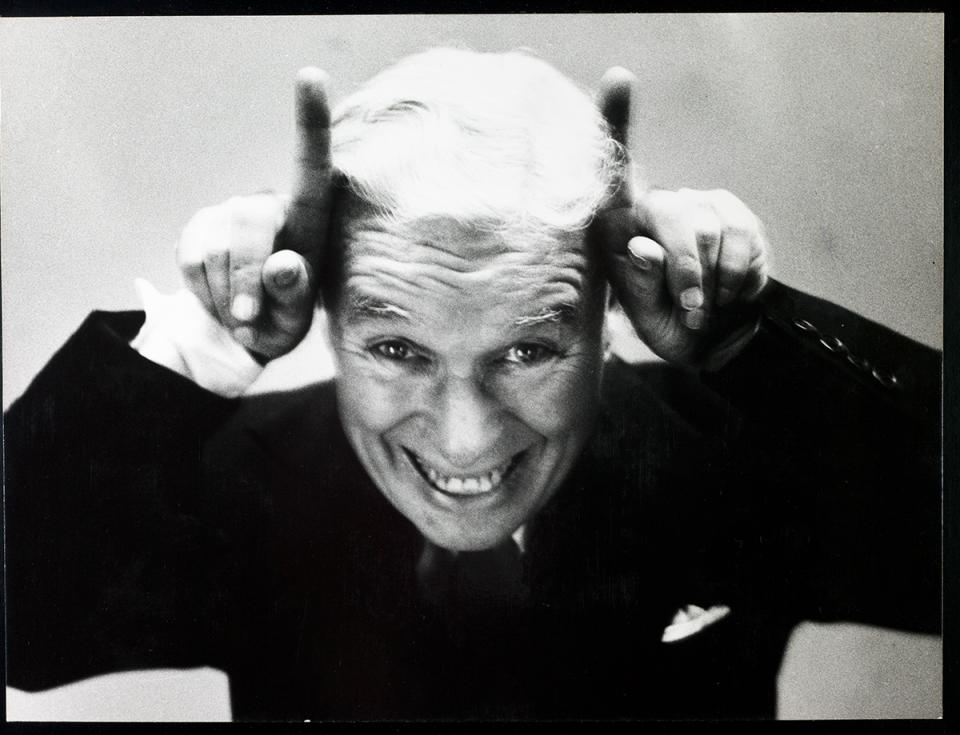
Charlie Chaplin’s Little Tramp made him one of Hollywood’s biggest stars. But by the time he sat for Avedon in 1952, Chaplin’s left-wing politics and a paternity lawsuit had made him a controversial figure in the U.S. The photograph was taken on the eve of Chaplin’s departure from America; he would go on to spend the rest of his life in Switzerland.
A Different Kind Of Caesar
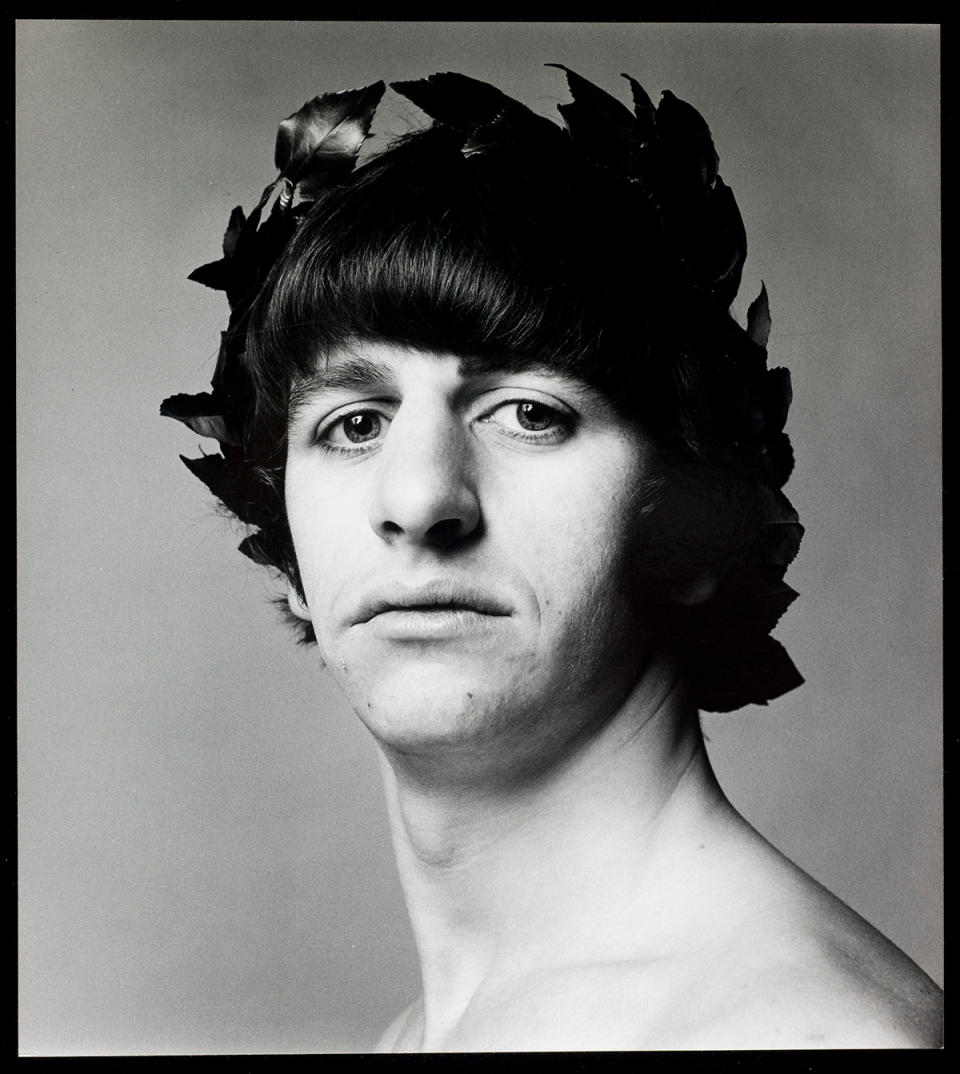
With a laurel crown atop his moptop, Ringo Starr looks like a Roman emperor. This portrait of the drummer was taken in 1965, at the height of Beatlemania, as part of a London session that also saw Avedon shooting Paul McCartney in astronaut garb. The photo of Starr would later be published in the Daily Mail under the headline “Hail, Ringo.”
Her Little Chickadee
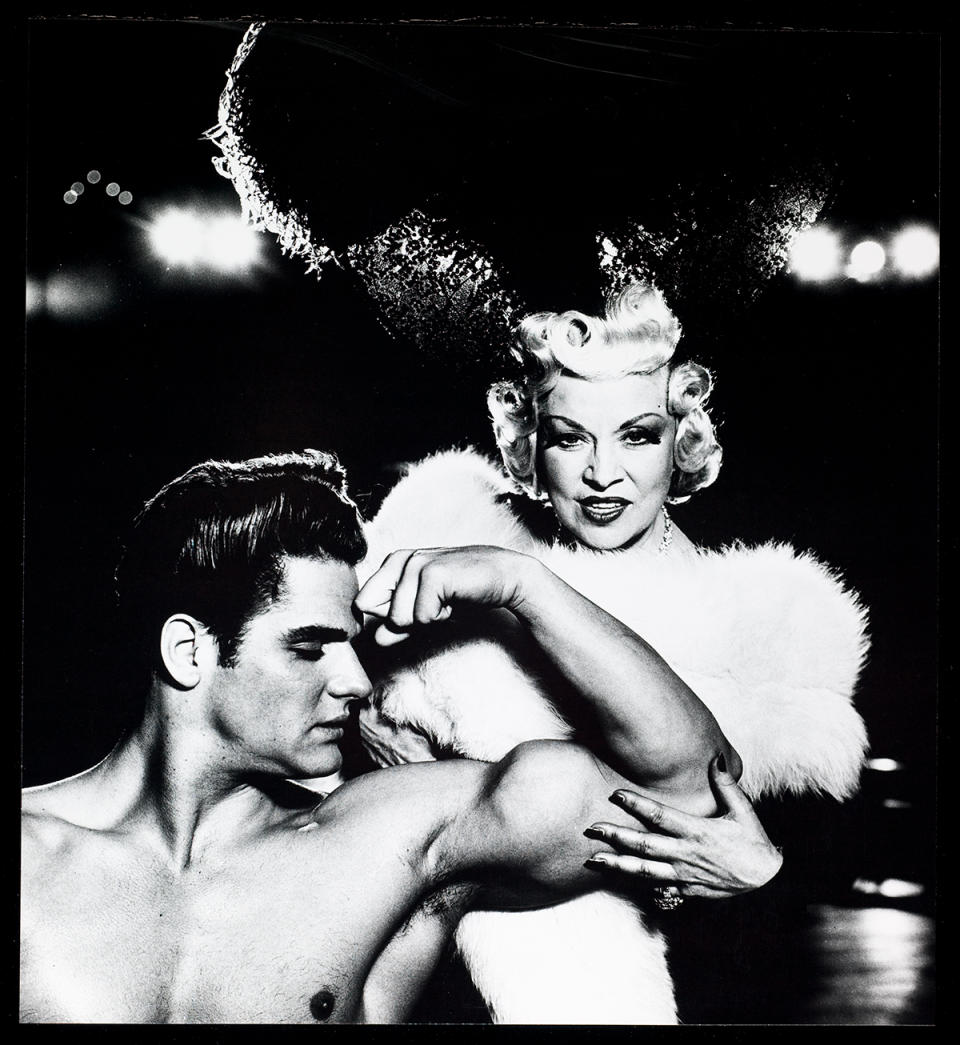
Mae West, the stage and screen star best known for her bawdy humor, gets a load of Richard DuBois’ bicep in this 1954 portrait, which reshuffles the standard gender roles of the day. Here, it’s West doing the ogling and DuBois, a body-builder and future Mr. USA, being objectified. “You can’t look at photos from this era and not think about the male gaze and who got to decide what was sexy,” Perich says
Dispatch From Camelot
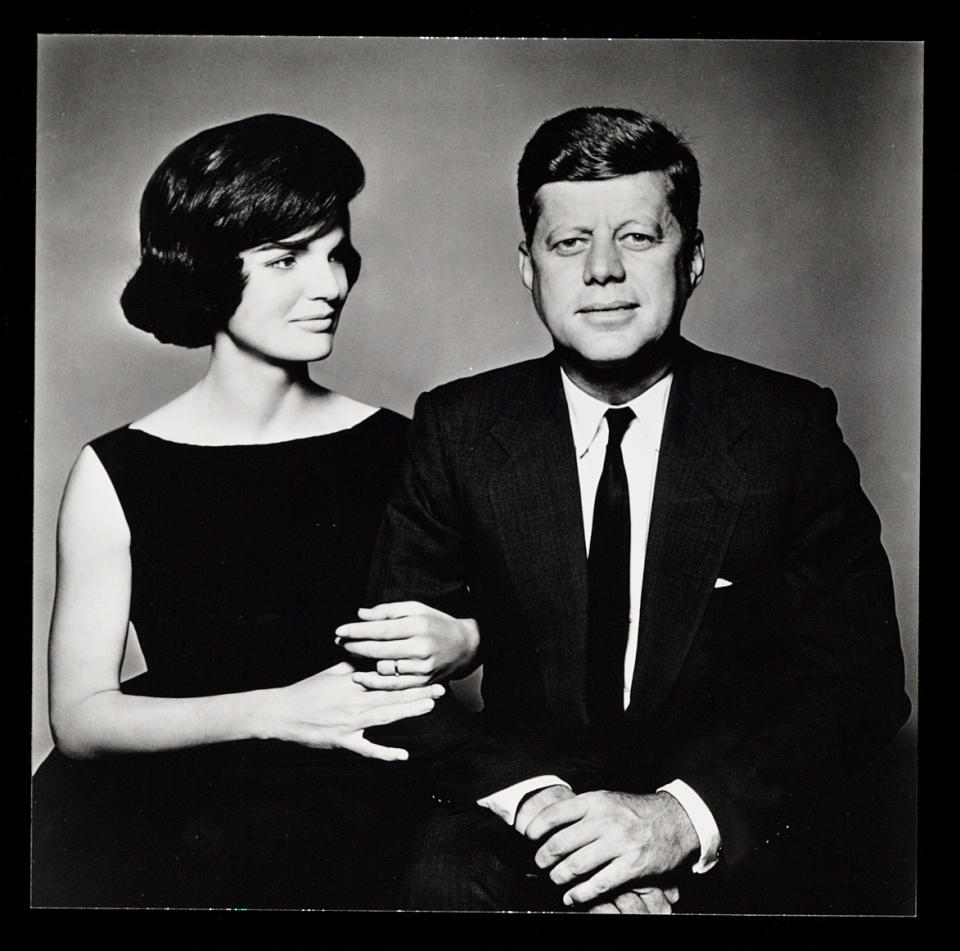
A newly elected President John F. Kennedy and future first lady Jacqueline Kennedy sat for Avedon at their family compound in West Palm Beach, Fla., on Jan. 3, 1963. It was two weeks before Kennedy would be inaugurated as the 35th president, rallying Americans to “ask not what your country can do for you, ask what you can do for your country.” Avedon was the only photographer allowed to take pictures during that transitional period, and the resulting photos were the first the Kennedy White House issued. “The Washington press corps was super pissed that a fashion photographer had access to the president when no one else did,” says Perich.
The Greatest Star
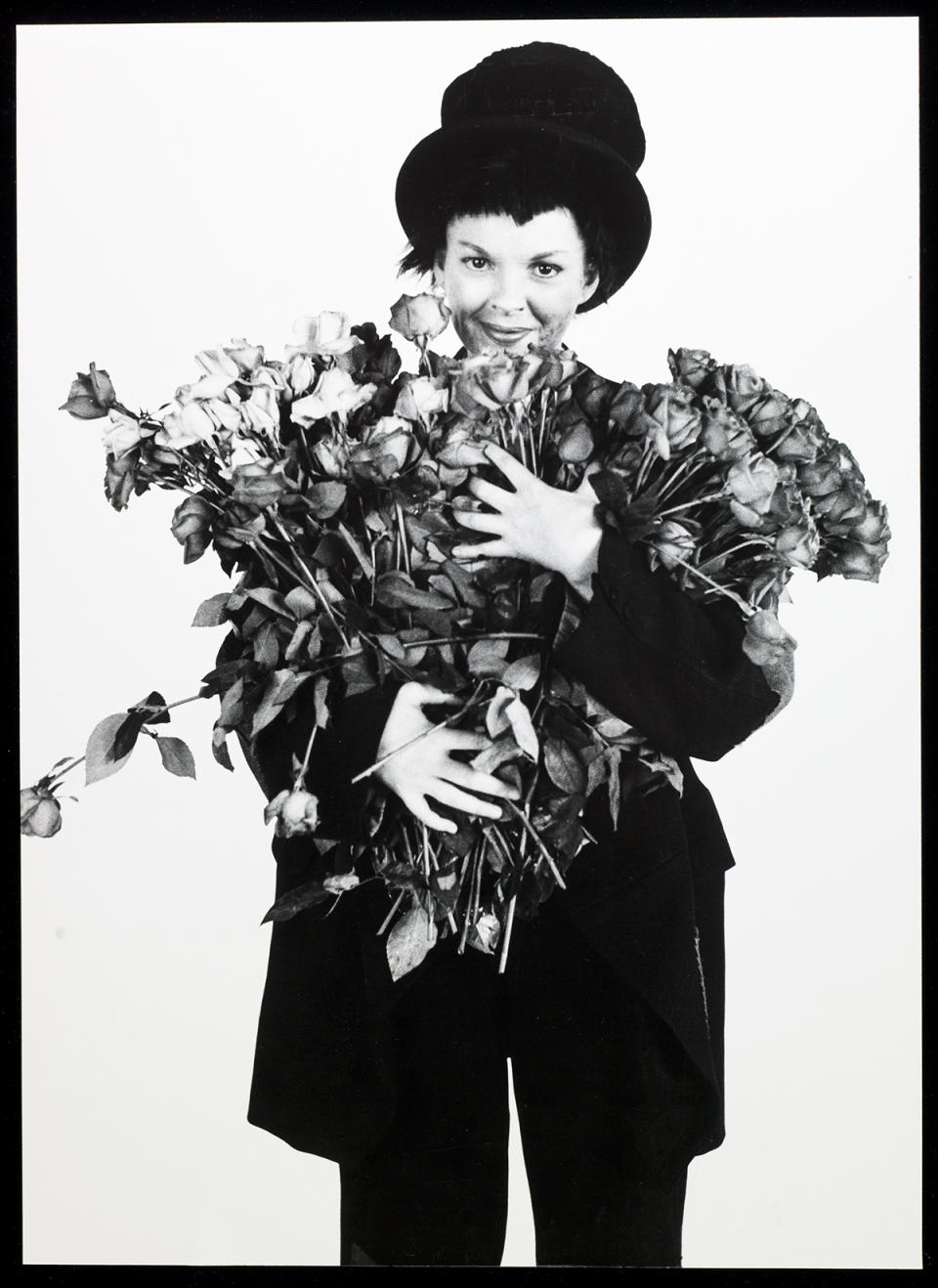
Garland was in the middle of her sold-out 1951 run at New York’s Palace Theatre when Avedon turned his camera on her. The show was an unmitigated triumph, sparking the first of many comebacks for Garland over the ensuing decade and a half. Garland’s career was at its nadir at that point — she’d had a string of box office disappointments, been fired from “Annie Get Your Gun” for erratic behavior and lost her contract with MGM. But the Palace shows reminded audiences of her boundless talent and soaring voice, earning her a special Tony Award.
Prophet of Doom
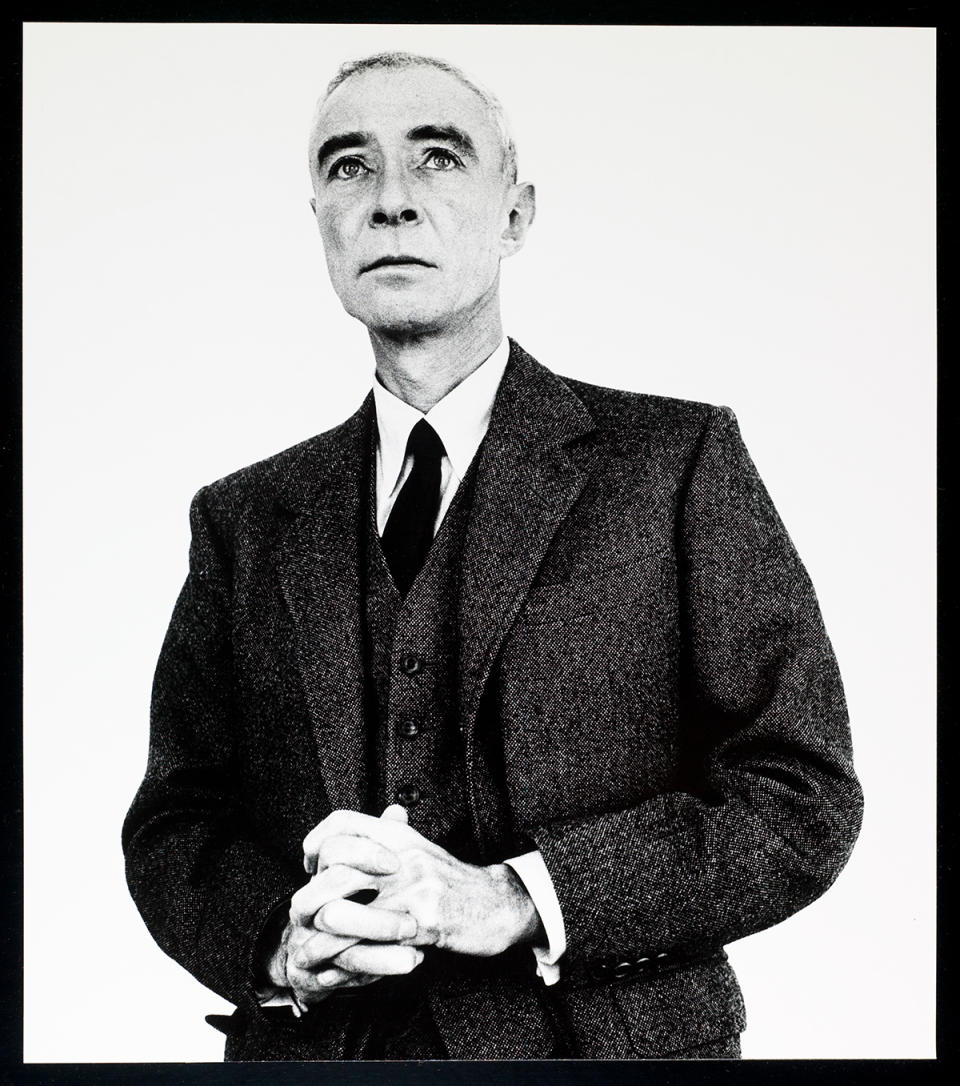
J. Robert Oppenheimer was living in academic exile when Avedon photographed the haunted-looking scientist in Princeton, N.J. It was 1958, roughly four years after the former Manhattan Project director had been stripped of his security clearance because of concerns about his left-wing associations. Although he helped develop the atomic bomb, Oppenheimer became a critic of nuclear proliferation. “He felt an extraordinary guilt about what he had done,” says Perich. “The question we want to ask here is: Can you change your mind?”
The Brain and The Bombshell
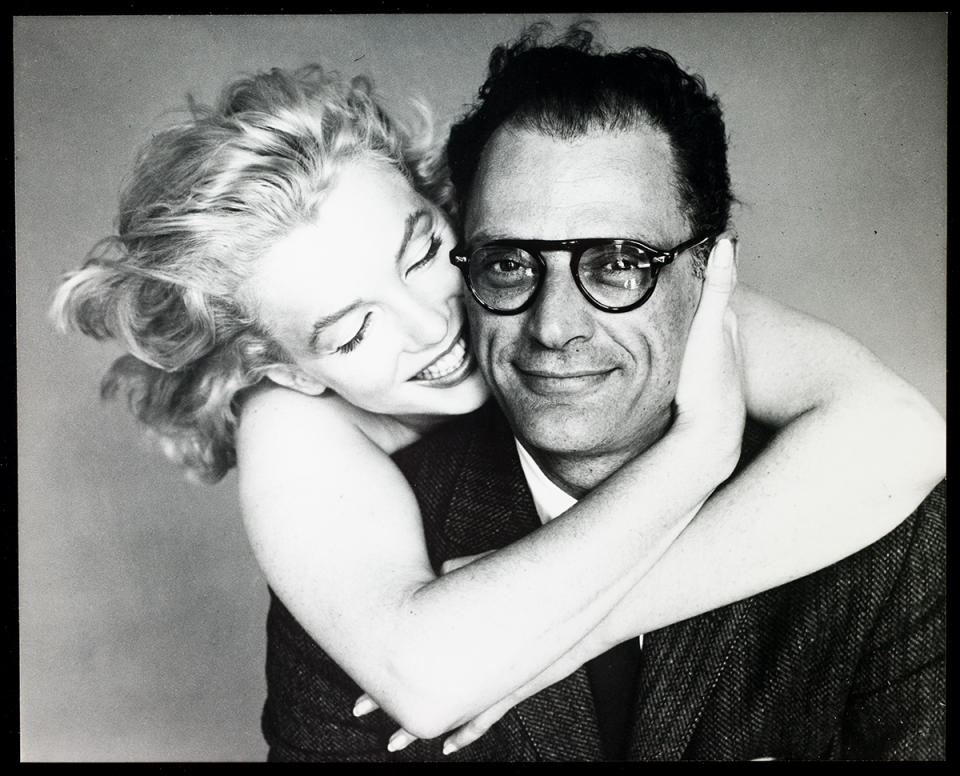
Avedon photographed Marilyn Monroe and Arthur Miller roughly a year after the Hollywood star shocked the world with her marriage to the “Death of a Salesman” playwright. It seemed like an unlikely union — Monroe was at the height of her celluloid stardom, beloved for her breathy voice and sensuality, while Miller was a darling of the intelligentsia. “I think Marilyn would have appreciated this photo, because it’s her as a wife, not her as a sex siren,” Perich says of the photo, which appeared in a 1958 edition of Life. “It’s not about using her body to make the viewer feel a certain way.”
The Long Struggle
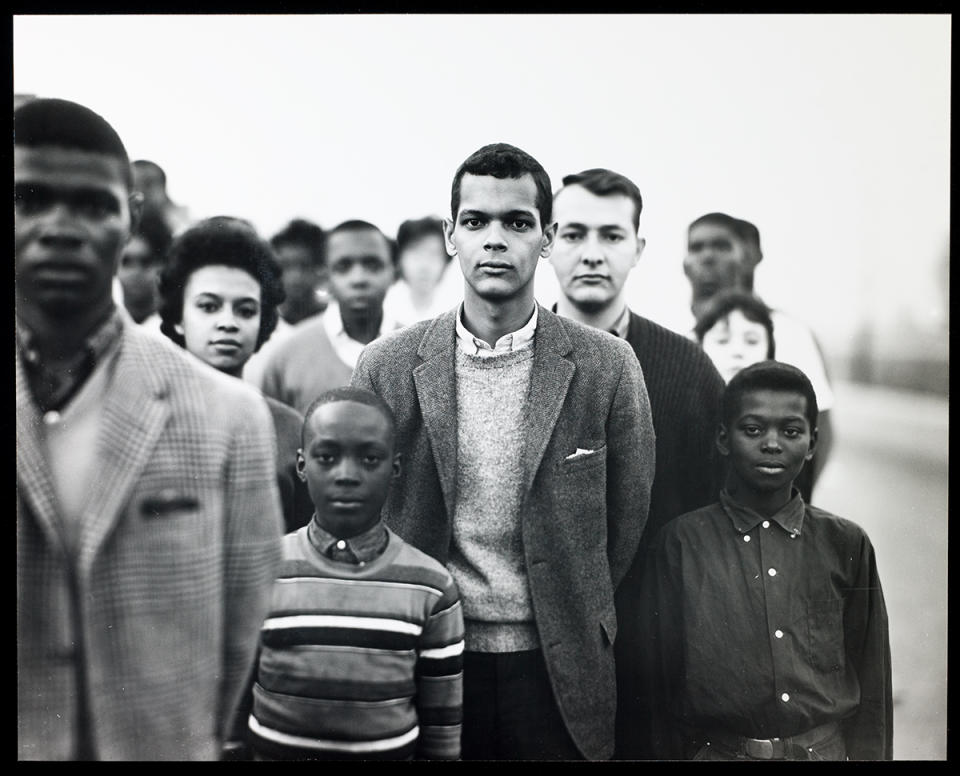
Civil Rights organizer Julian Bond is flanked by members of the Student Nonviolent Coordinating Committee in this 1963 photo taken in Atlanta. “They were standing on a median on a highway, and they saw the police coming,” Perich says. “So Avedon took his film out, hid it and replaced it because he knew that the police would take it.”The image was later published as part of a book, “Nothing Personal,” that marked a collaboration with the writer and activist James Baldwin.
Bursting Forth
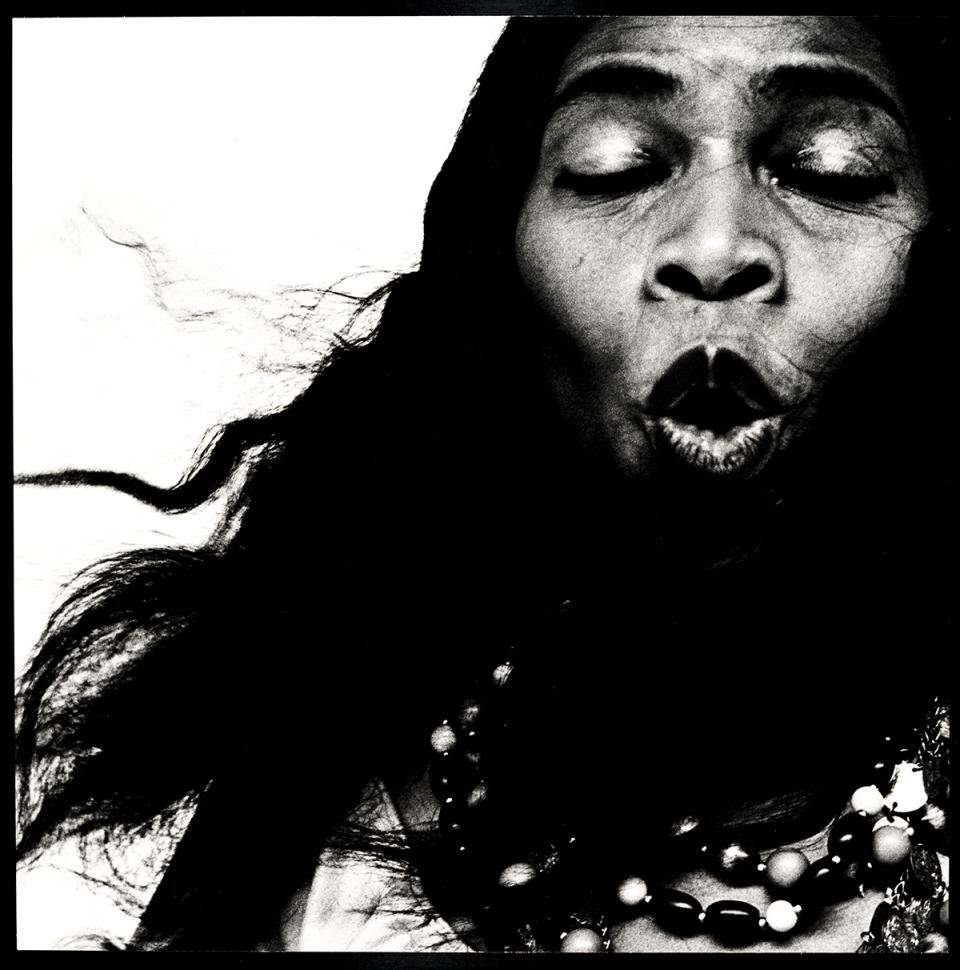
Blessed with a sonorous contralto, Marian Anderson overcame racial prejudice to become an acclaimed opera star. Avedon photographed Anderson in his studio in 1952, capturing her as she sang selections from the Giuseppe Verdi opera that she had recently performed with the Metropolitan Opera, becoming the first African American to sing on its stage. Avedon later said he cropped the image tightly to better capture Anderson’s “power and vitality.”

